Tag Archives Around The Farm
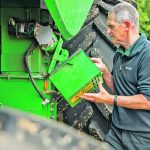
Crop data processing to improve with Deere, Agcloud deal
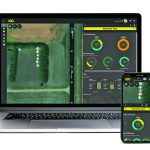
Online dashboard simplifies bin management
Tool allows connection to in-bin sensors and control devices for remote management via wi-fi or cellular networks
Saskatoon-based Adaptive Agriculture built a bin inventory system, available through its website, that connects to bin sensors and graphs their readings.
Papa’s got a brand new bag
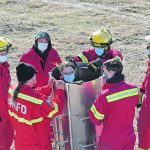
Reducing grain-handling and storage hazards starts with bin preparation, safety plan

Real-time VR decision made in nanoseconds
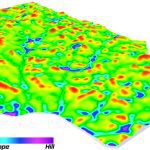
Raining on the VF parade
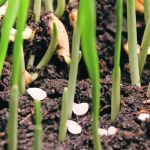
Starter fertilizer 101: especially vital this year
Whether placed beneath, beside or top dressed, fertilizer must be placed with care to avoid burning up yield potential
Strong commodity prices go hand-in-hand with higher input prices and most farmers are concerned about getting the best return on those expensive inputs. A well-managed starter fertilizer plan can help boost that return on investment. Chad Kruse of C & R Supply offered his analysis for introducing starter fertilizer into a no-till farming system in […] Read more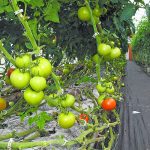
Learning to listen to what our crops are telling us
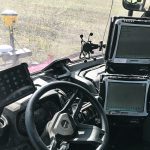
Why aren’t farmers embracing ag tech?
Advanced systems offer clear benefits but farmers aren’t adopting them even when they come as standard equipment
Fewer farmers use leading agricultural technologies than most farmers probably think, researchers at Olds College have discovered. That’s a threat to the hopes of many that fertilizer emissions and other environmental impacts of farming can be mitigated by farmers embracing new technologies. “What really surprised me with this, when we started running through the numbers, […] Read more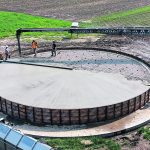
Build the house on stone or sand?
Geotechnical expert urges farmers to seek detailed site soil knowledge before setting their hearts on a location
There’s a Biblical story about a smart man who built his house on rock while the not-so-smart guy built his house on sand. His sandcastle got swept away. The Soil Science Society of America deals with more than agronomy. It also looks at soil structure from an engineering perspective. Last month it posted a blog […] Read more




